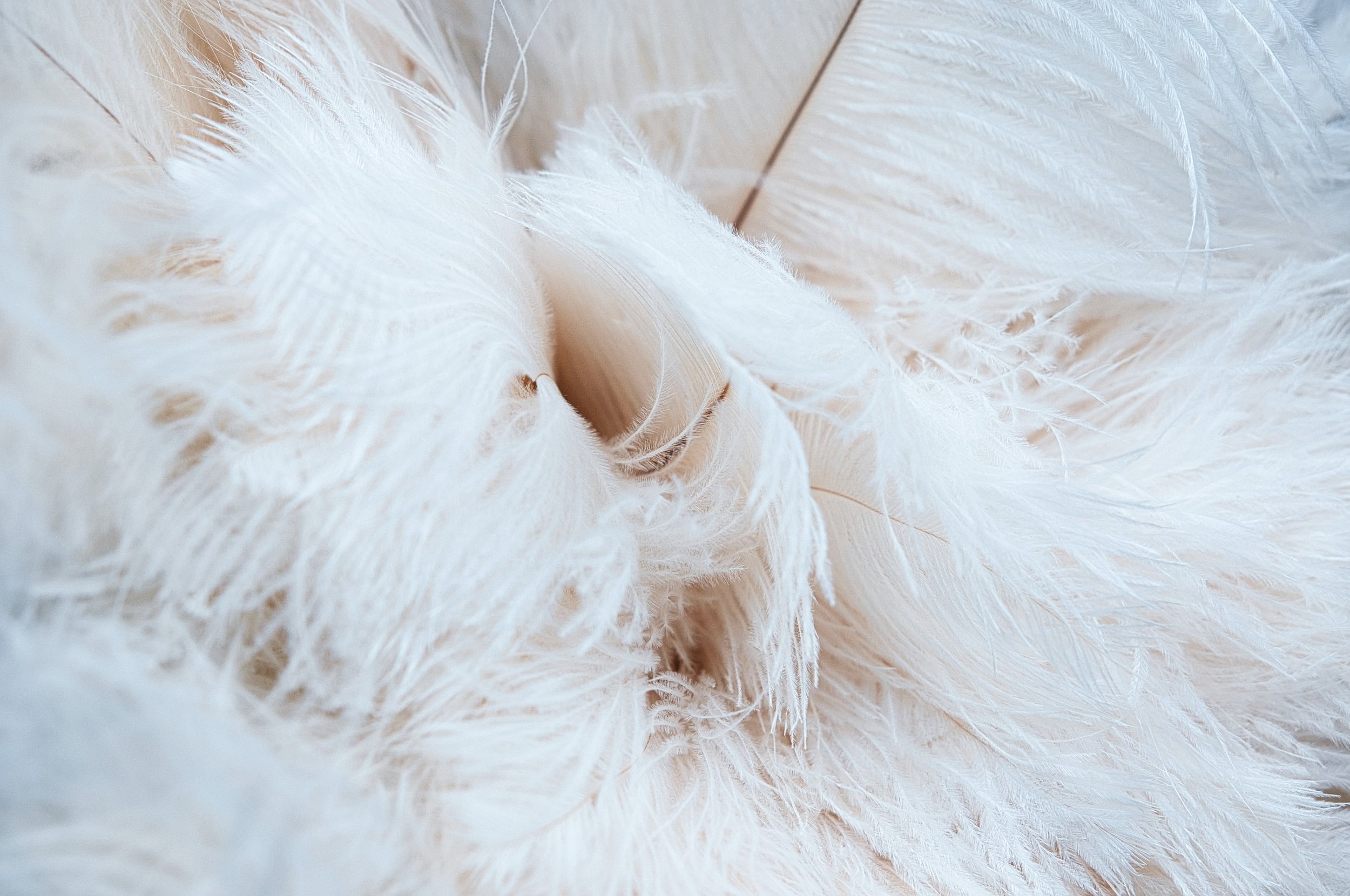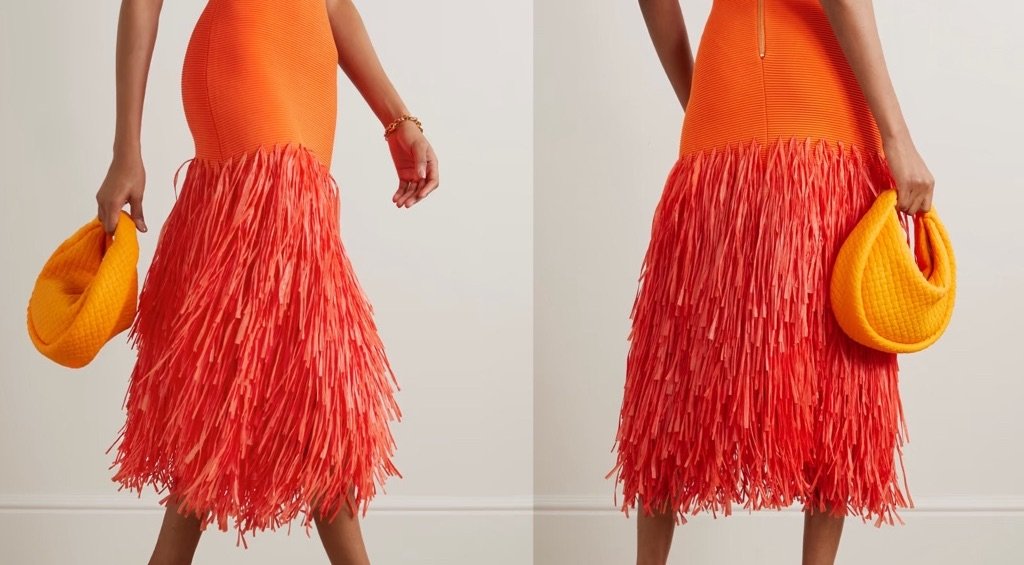Consumers oppose feather cruelty, but they’re being misled by fashion brands.
As feathers from wild birds – both farmed and captured from their natural habitat – are increasingly used to replace fur, it’s important to understand the implications of this, and how citizen consumers feel about it.
While the fashion industry continues to move beyond fur, due to the exploitation and destruction inherent to its use, it is only using more feathers from wild birds.
As explored in our new report with World Animal Protection, ‘Feathers are the New Fur: Cruelty in Disguise’, this move is inconsistent. Both materials are derived from supply chains which needlessly exploit and kill animals specifically for fashion, despite more sustainable and just material alternatives being available.
In order to move the fashion industry towards policies which genuinely protect all wildlife and the planet we share, citizen consumer perceptions of feather use must be understood, and education initiatives must improve awareness of feather supply chain harms for citizens and industry alike.
New polling commissioned for our report shows that while people are largely unaware of the harms caused by feathered fashion, once this is understood, the vast majority of people would choose to avoid feathers.
According to our independently commissioned polling across Australia and the United Kingdom, an understanding of the immense cruelty involved in producing fashion with feathers from wild animals is very limited. At the same time, at a principle level, the vast majority of people maintain that it is not acceptable to farm and kill wild animals for clothing and accessories. Positively, this may align with a potentially strong and growing recognition that wild animals are not objects for commercial exploitation, regardless of how an industry may operate.
82% of Australians and 88% of people in the United Kingdom believe that it is unacceptable to farm and kill wild animals for fashion.
While fur and wild animal skins clearly come from animals who have been killed, this is less immediately obvious to people who do not understand how industry’s exploiting birds for their feathers operate. Many people do not understand, for example, that the same production system slaughtering ostriches for their skins, also pluck birds for their feathers – both live and after they are killed. As a result, many brands have banned wild animal skins, including ostrich skins, while continuing to use feathers derived from the system killing them.
86% of Australians and 88% of people in the United Kingdom do not know how ostriches are farmed or killed for their feathers and skins.
This lack of information is a barrier to ethical and sustainable decision-making for citizen consumers. Without access to information, and due to intentional secrecy by industries profiting from a lack of awareness of the cruelty and destruction involved in the production of feathers, people are unable to make choices that align with their values.
Across both markets, just 30% (AU) and 33% (UK) respectively understood that feathers cannot be obtained from ostriches without causing harm to them, with about one-third of surveyed people being unsure, and another approximate third incorrectly thinking feathers could be collected without any harm to the animals.
A dress trimmed with plant-based raffia, rather than feathers, made by Australian brand Aje
Once people are aware that ostriches are killed in the feather industry, the vast majority do not want to support this. In fact, 84% of Australians and 87% of people in the United Kingdom believe brands that do not used feathers are ‘more ethical and sustainable’ than those that do.
70% of Australians and 76% of people from the United Kingdom were highly likely to avoid feathers after receiving this information, with another 17% and 14% respectively saying that they were at least somewhat likely to avoid feathers.
Unfortunately, a lack of awareness associated with what feathers used in fashion really look like may mean that citizen-consumers are buying into cruelty unknowingly.
When presented with an image of a dress which featured ostrich feather trimmed sleeves, the vast majority of people across the United Kingdom and Australia could not identify this trim correctly. In fact, the vast majority mistook ostrich feathers for totally animal-free materials.
41% (AU) and 44% (UK) of people thought this trim was made of ‘faux feathers’.
21% and 16% of people thought the trim was made of plant-based fibres.
8% and 10% of people thought the trim was made of faux fur.
19% and 18% of people confessed they weren’t sure what the trim was made of.
Just 12% of people across both markets correctly identified the ostrich feather trim.
The similarity in perception between animal feathers, faux fur and feathers, as well as plant-based fibres, is an opportunity for the fashion industry to continue to make fantastical and mystical creations, without harm to ostriches or other birds — in line with citizen consumer desire for ethical and sustainable fashion.
Want to learn more about feather use in fashion? Read our full report with World Animal Protection.





